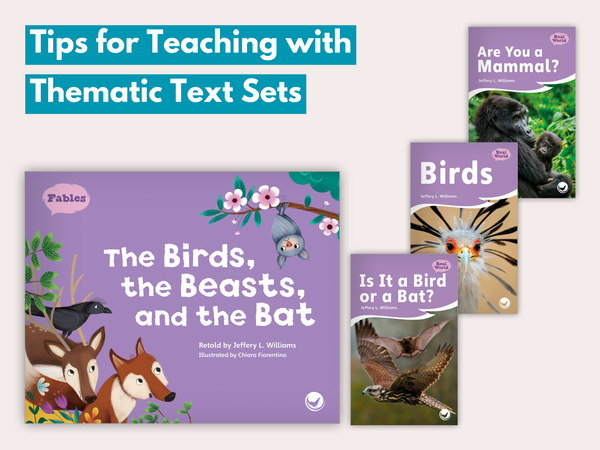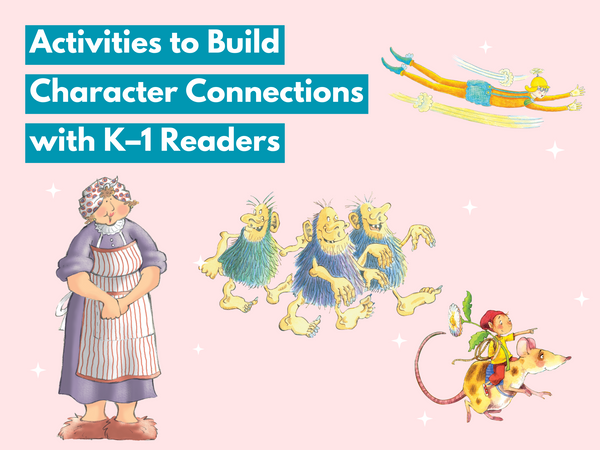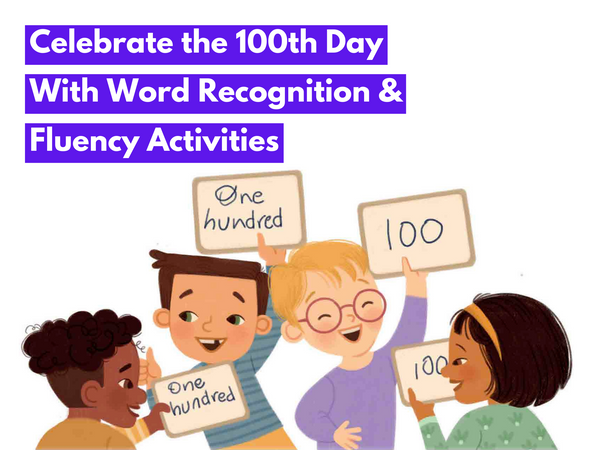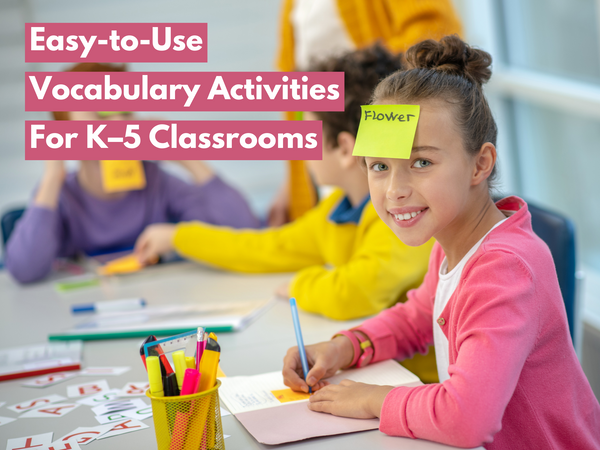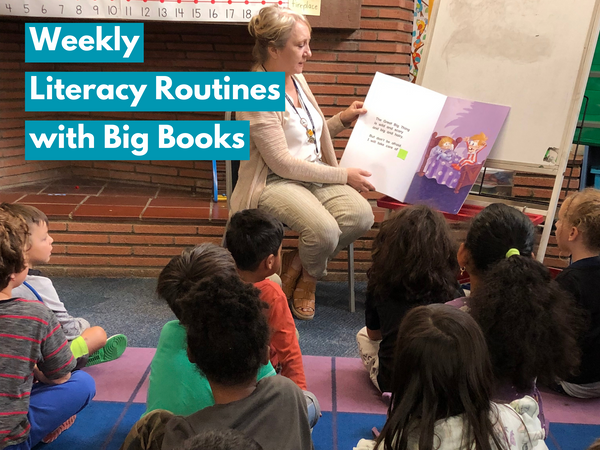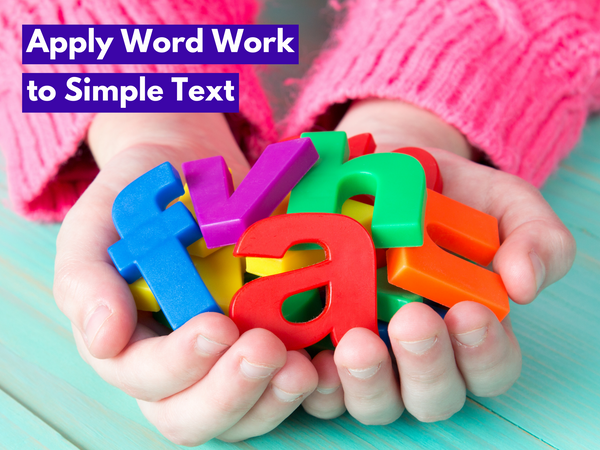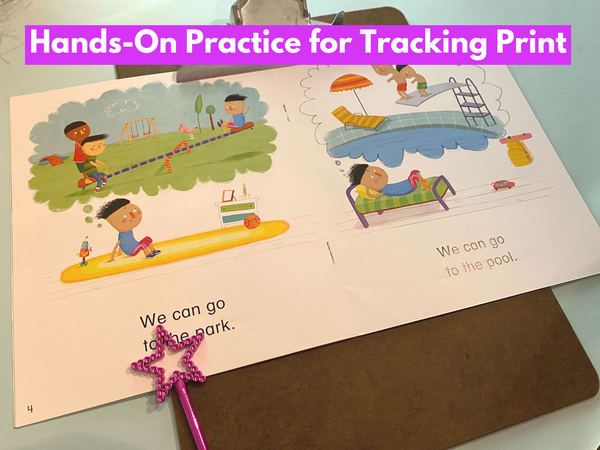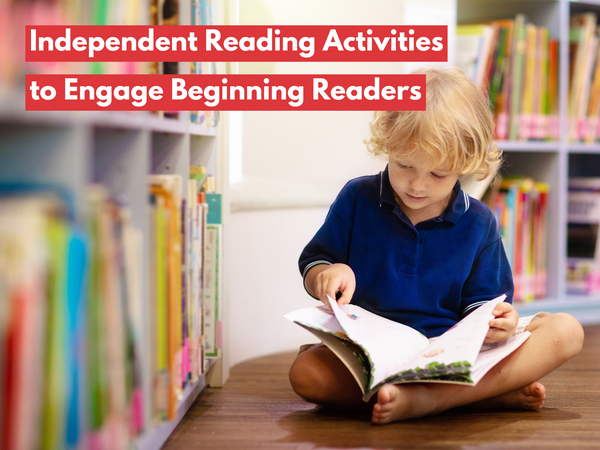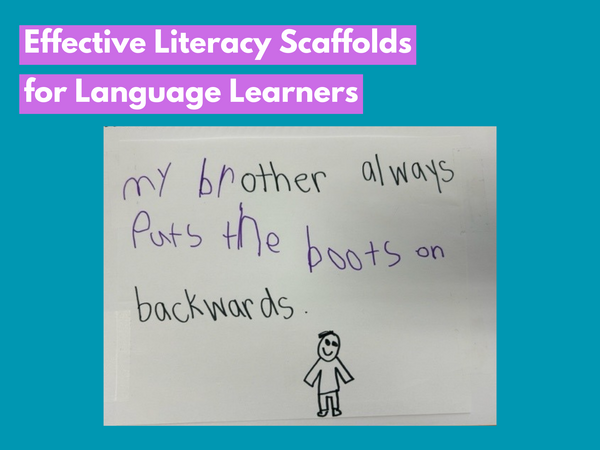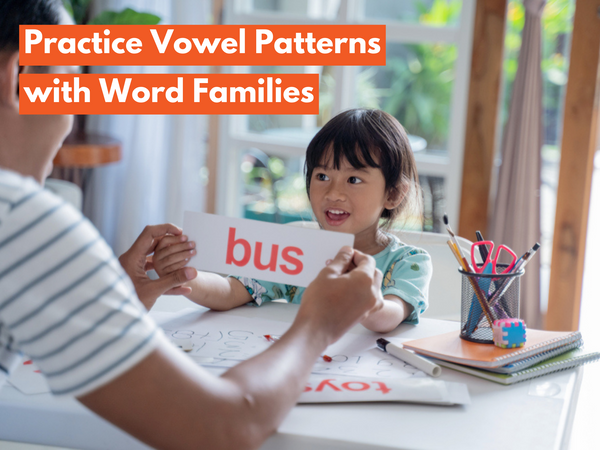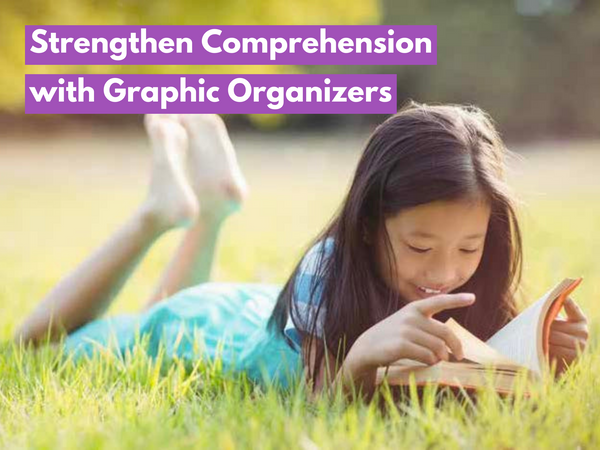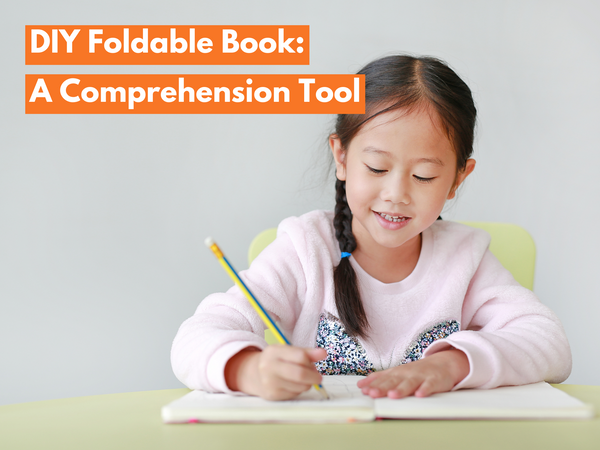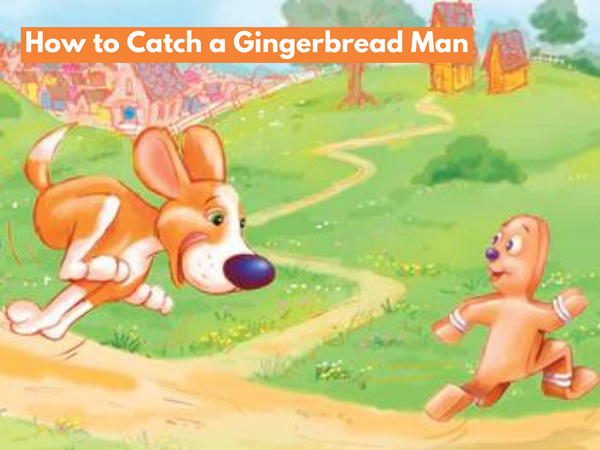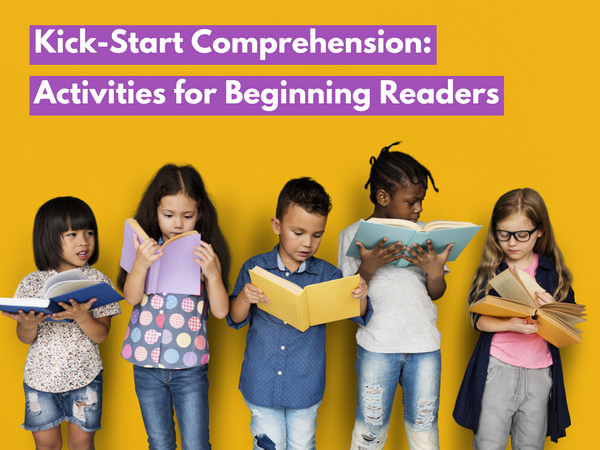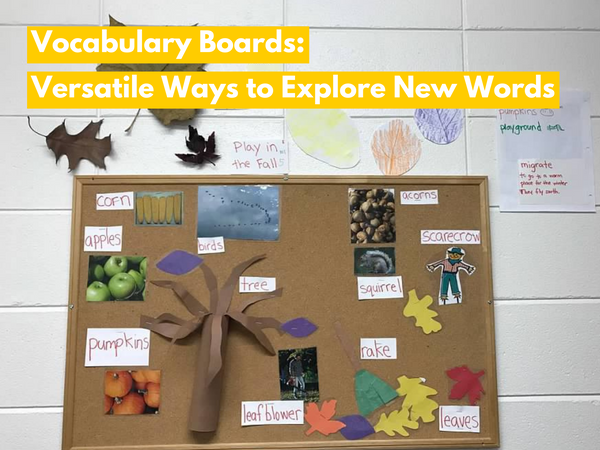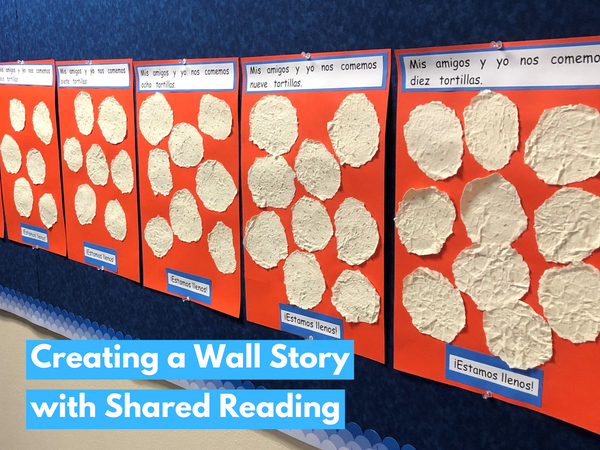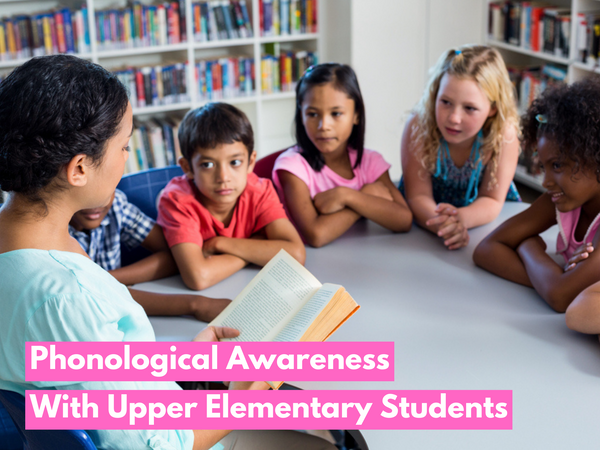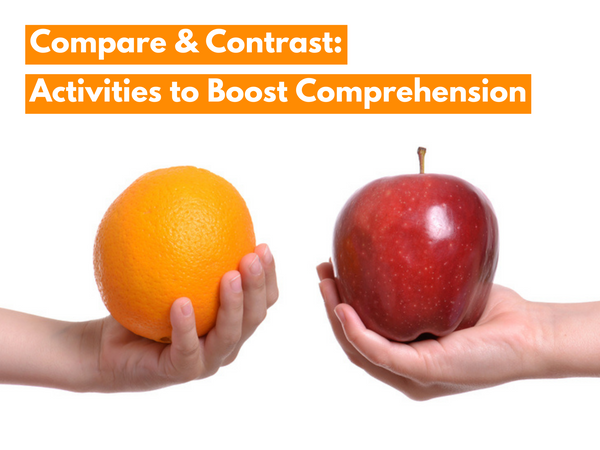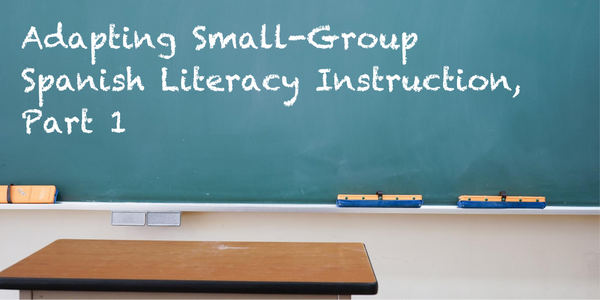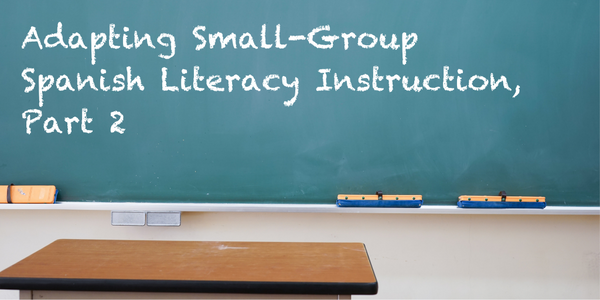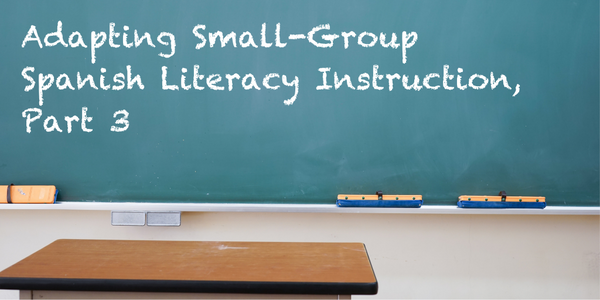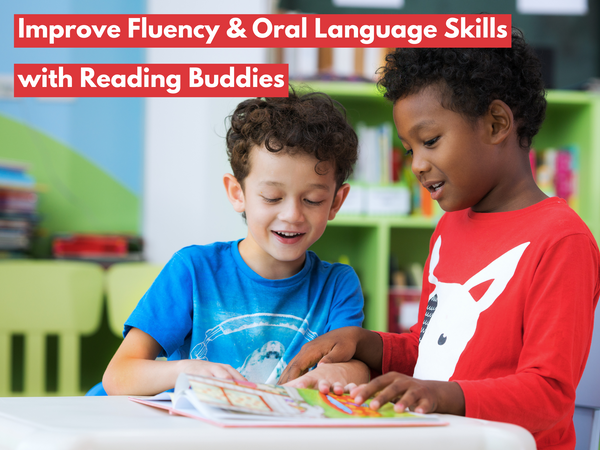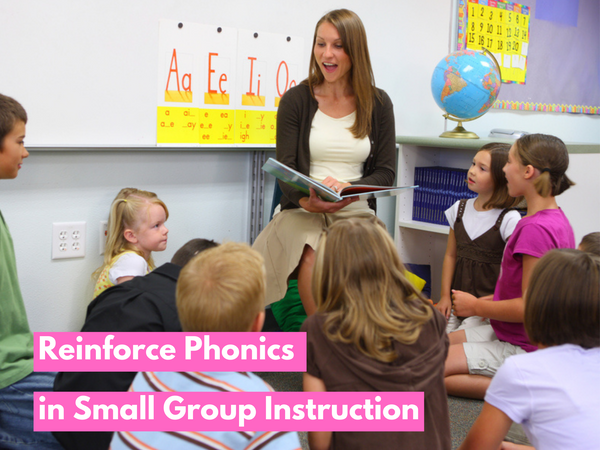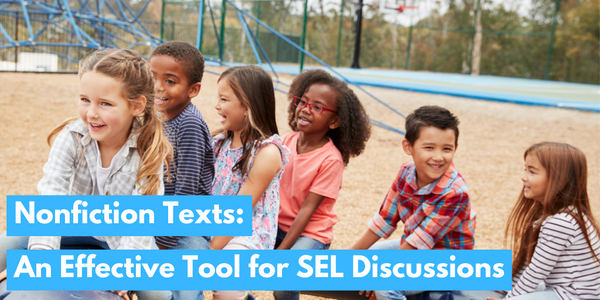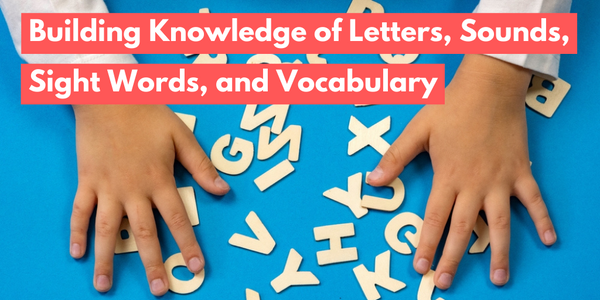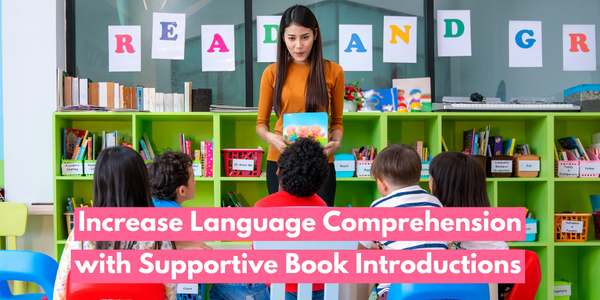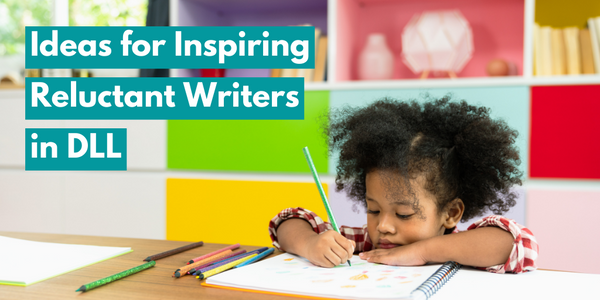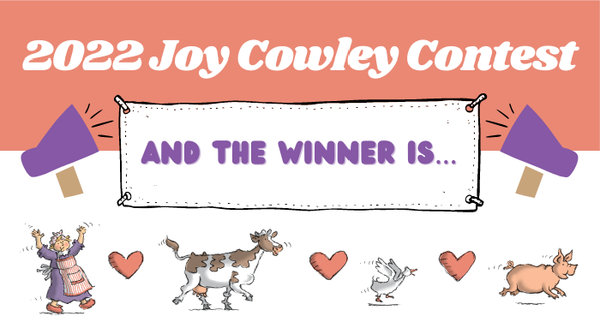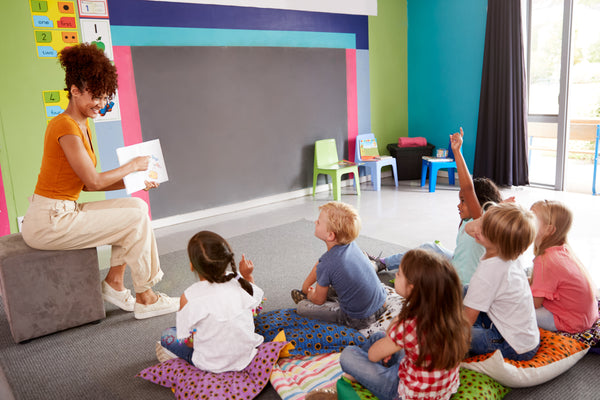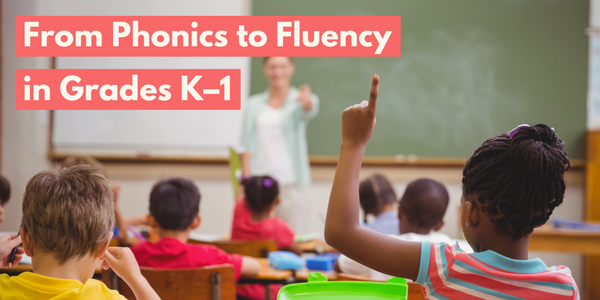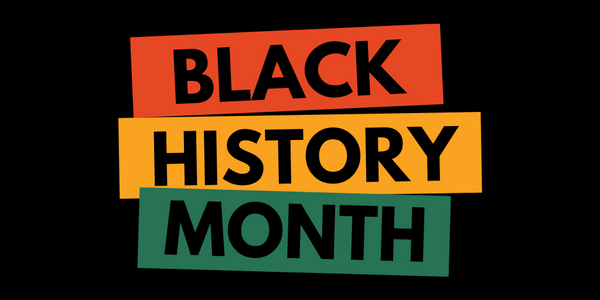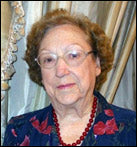
There are joys that come with the presence of a tiny child in the home. There are also important responsibilities placed on the caregivers. One of these is modeling beginning language skills that serve as the foundation of learning to read.
How can caregivers communicate with an infant? That very small person's first attempt to communicate is crying, telling someone that he has a need. Listening parents learn to identify reasons for the crying. An adult can respond, meet the need, and speak in sentences of three words. "Are you wet?" etc.
Even before the age of six months, the baby begins to babble using vowels and consonant sounds that compose his home language. From birth on, singing and listening to nursery rhymes provide modeling for the sounds and words we want the child to produce.
 Holding the baby and sharing books for a short period of time is recommended.
The infant may not listen to a complete story, but names of pictures and actions can be modeled. The baby may want to pat or play with the book. Read the same book many times. As the child begins to say simple words, repeat words from the story.
Holding the baby and sharing books for a short period of time is recommended.
The infant may not listen to a complete story, but names of pictures and actions can be modeled. The baby may want to pat or play with the book. Read the same book many times. As the child begins to say simple words, repeat words from the story.
Make books available with his toys.
My great-granddaughters go to a low shelf in their room and select a book they want to hear before bed each night. Some of their first spoken words were from these stories.
The ability to repeat nursery rhymes and sing simple songs is recognized as a great predictor of later success in reading.
An infant needs to hear the rhymes many times. Essential skills for early reading success come from the child's exposure to books, rhymes, and songs. He learns to listen and to respond. The ability to hear words and sounds within words is beginning to develop. The child's ability to predict language and story happenings are facilitated.
The young child, who has had heard many stories read, develops two vocabularies. One is the receptive vocabulary that contains words that he hears, but that are not yet in his speech. The second vocabulary is the expressive vocabulary, which includes words that he uses in speech. The many books the child has heard read and the complete sentences used by the older family members around him help the young child use correct sentence structure.
 At about the age of two, a child begins to string two words together.
A favorite is "What's that?' The answers given to him or her, in short sentences, will help that child enlarge his or her speaking vocabulary. Between 12 and 24 months of age the infant triples the number of words in his speaking vocabulary. The adults in the infant's world may not understand all of these words. Speaking is like walking. The first attempts are not always successful. The one who is listening can keep modeling the new words and let the novice speaker know that he is pleasing an important person in his life.
At about the age of two, a child begins to string two words together.
A favorite is "What's that?' The answers given to him or her, in short sentences, will help that child enlarge his or her speaking vocabulary. Between 12 and 24 months of age the infant triples the number of words in his speaking vocabulary. The adults in the infant's world may not understand all of these words. Speaking is like walking. The first attempts are not always successful. The one who is listening can keep modeling the new words and let the novice speaker know that he is pleasing an important person in his life.
Four pages of ideas for encouraging language and benchmarks for various ages can be found on Iowa State University website, in the article
Understanding Children: Language Development
.
A parent who is concerned that a pre-school child is not developing the language skills for his age can contact the Special Education Department
of the local school district and ask for a language screening by a certified speech pathologist. There are several reasons why language development might be difficult for the child. The child may have an acuity problem. He may have difficulty discriminating between sounds. The child with articulation problems may need help with this last auditory skill. Frequent earaches and/or the placement of tubes in the ear may result in these discrimination problems. Other learning problems can be identified.
Enjoy your small one and communicate with him or her.
~~~
Geraldine Haggard is the author of several books from our Kaleidoscope Collection Series. For more information about the K aleidoscope Collection Series click HERE to return to our website or click the series highlight page below.















